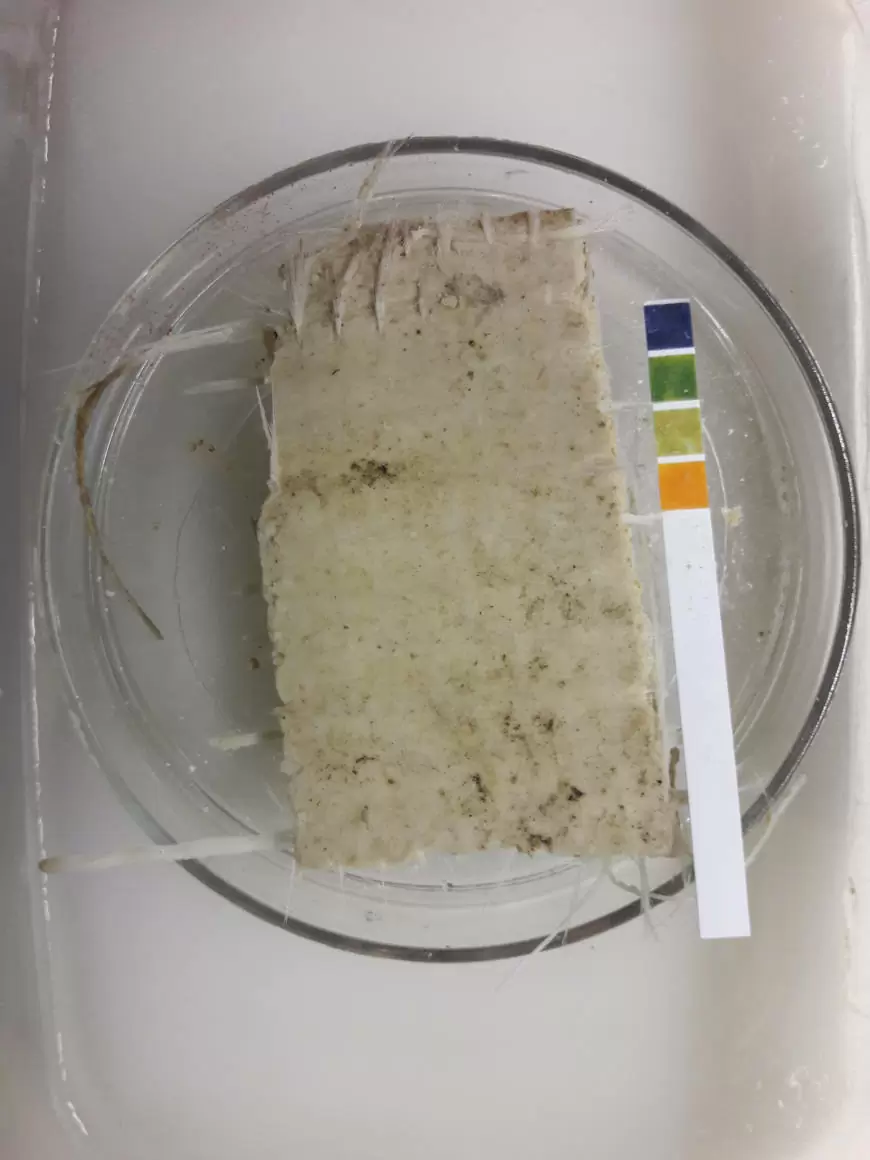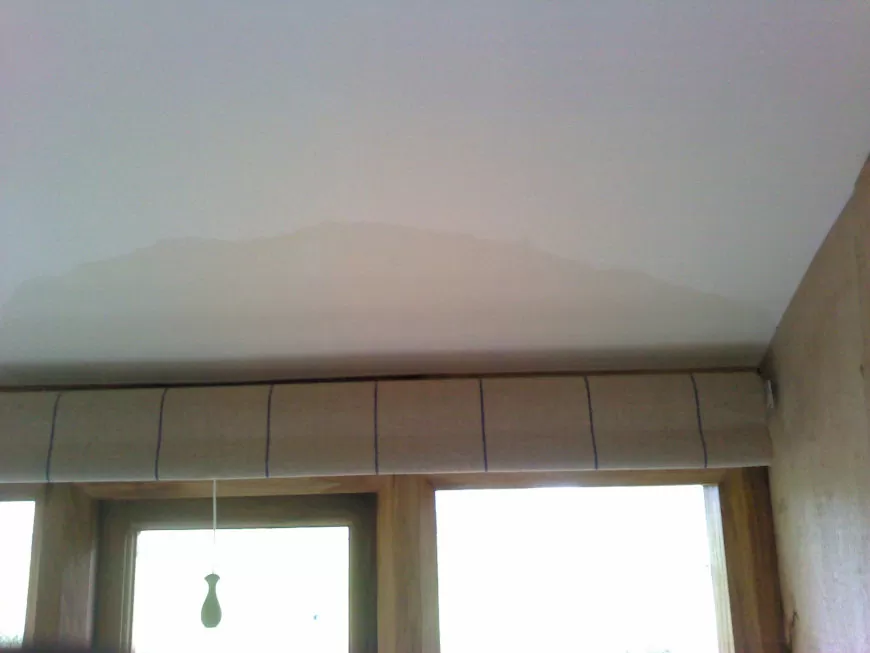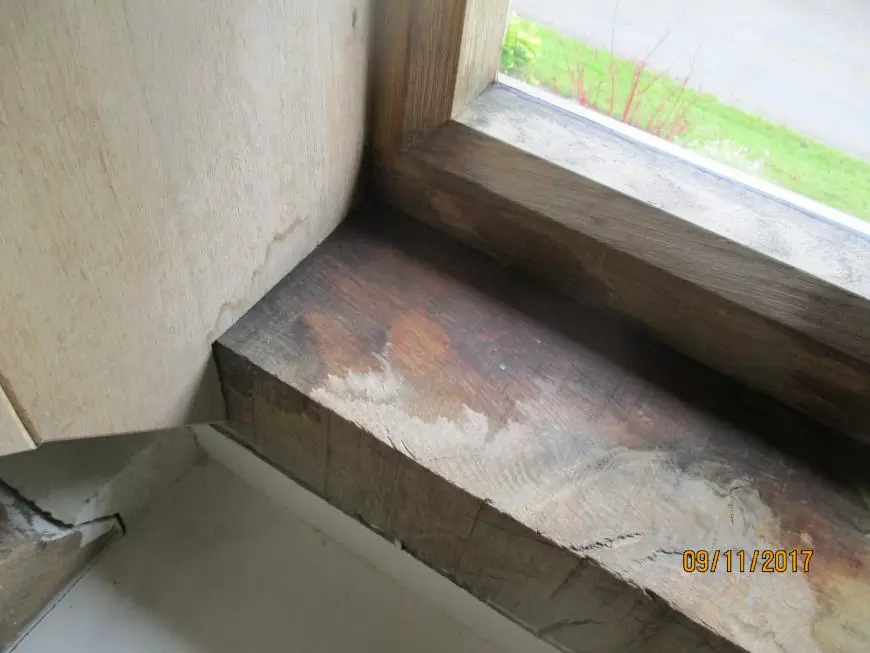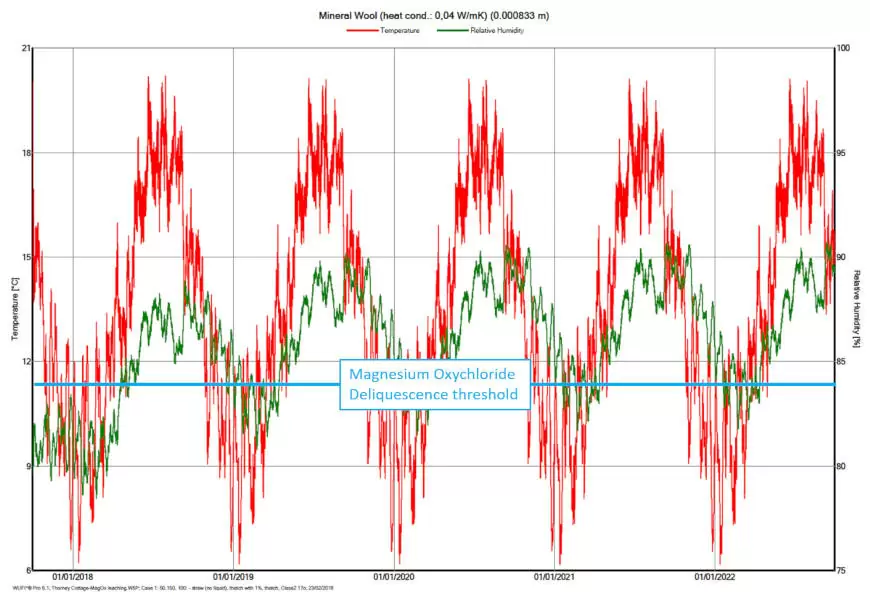Structural Investigation of 17th Century Thatched Cottage
The Problem
H+R were instructed to undertake an investigation of a 17th century thatched cottage in the south-west that had recently been refurbished following a fire and associated water damage. The walls were of thick blue lias stone with significant capacity for moisture retention. New finishes were affected by water staining at high level, and condensation regularly formed on glazing, leading the owners to suspect that the drying regime may have been inadequate.
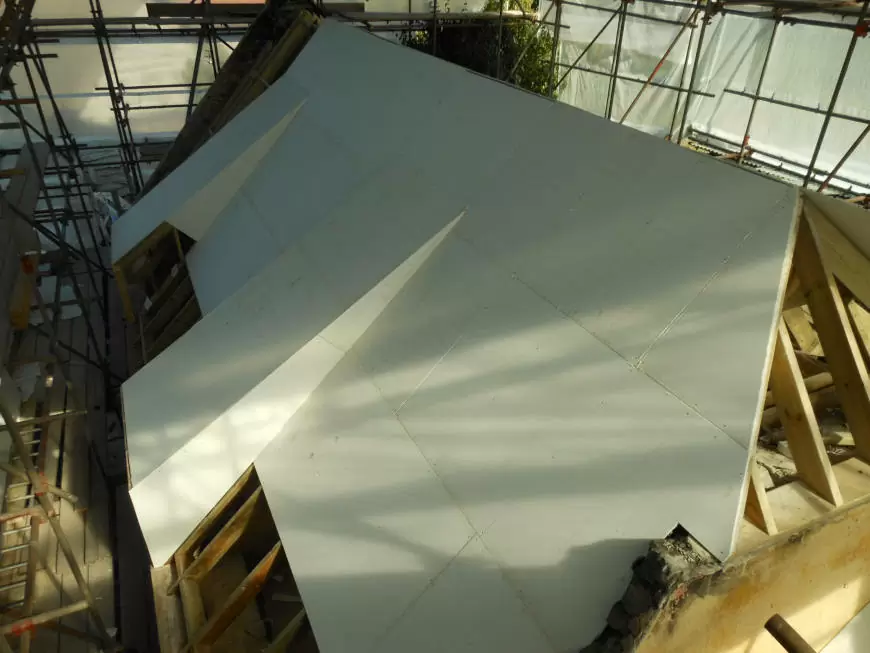

The Solution
Gravimetric analysis of masonry samples established that residual moisture in the stone walls was not a significant contributory factor to the problems. Assessment of the ventilation system and distribution of internal environmental conditions in the property revealed that the provision for background ventilation and extraction of moist air at source did not meet current Building Regulations, and was inadequate to balance the moisture load from occupancy. However, the staining at eaves and dormer cheeks was such that inadequate ventilation was not considered the primary causal factor. Additional investigation and sampling of the roof build up was therefore undertaken.
Minimally invasive borescope observations of the roof build-up revealed that droplets were forming on both faces of a Magnesium Oxide (MagOx) fire-board under the thatch. Mineral fibre insulation between rafters underdrawn with a polythene vapour barrier was leading to high humidity and preventing drying of the board. Laboratory testing found that the board had a high Magnesium Oxychloride content. This is a highly hygroscopic salt which adsorbs moisture from the air at high humidity to the point of deliquescence of the material at and above about 84 per cent relative humidity. A liquid salt solution can thereby form on the board surface in the absence of dewpoint conditions. This had caused deterioration of the material and damage to adjacent materials including staining and corrosion of fixings. Comparative hygrothermal modelling of potential remedial options for the roof build-up was undertaken using WUFI Pro 6. This confirmed that relative humidity above the deliquescence threshold was occurring in the existing build up and revealed that removal of the vapour barrier, substitution of the hydrophobic mineral wool with hygroscopic woodfibre, and improvements to the ventilation system would prevent further deliquescence of the board.
Case Study Gallery


